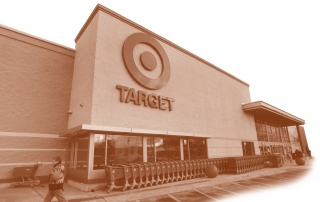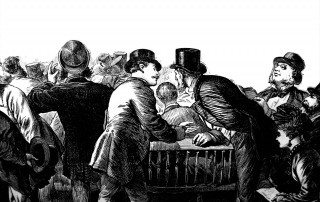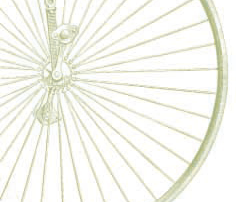The First Big-Box Store in Davis
Susan L. Handy,
Kristin Lovejoy,
Gian-Claudia Sciara,
Deborah Salon, and
Patricia Mokhtarian
Davis, California, is well-known in transportation circles for having the highest share of bicycle commuters in the US, due in large part to pioneering efforts starting in the 1960s that created an extensive bicycling network. Less well-known is the substantial effort Davis has made to avert the kind of sprawl found in most US cities. Multi-family housing is distributed throughout the city, neighborhood shopping centers are within a short bike ride for most residents, and the city has improved sidewalks, landscaping, and public spaces to promote its traditional downtown. Davis restricts development beyond the current urban boundary while at the same time encouraging infill development within the boundary. As a result, Davis is the sixth densest urbanized area in the US and an exemplar of what small cities can achieve with coordinated policies and careful planning.



